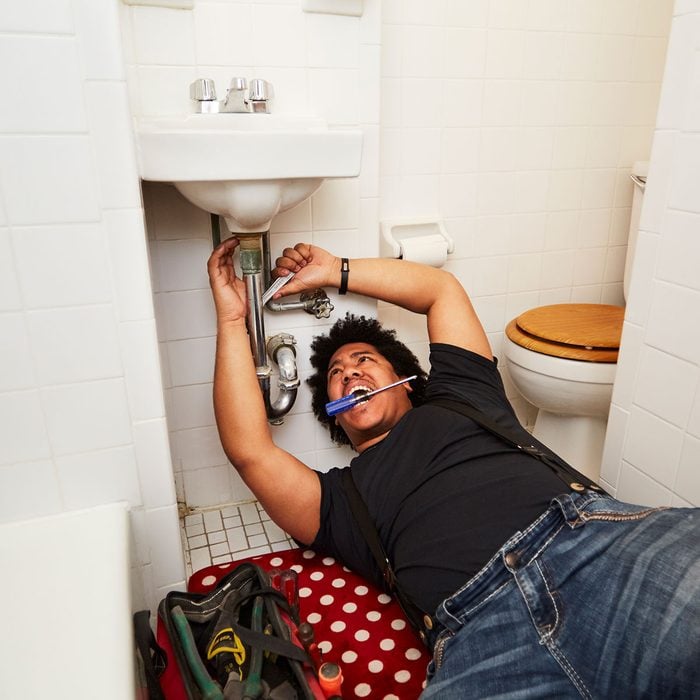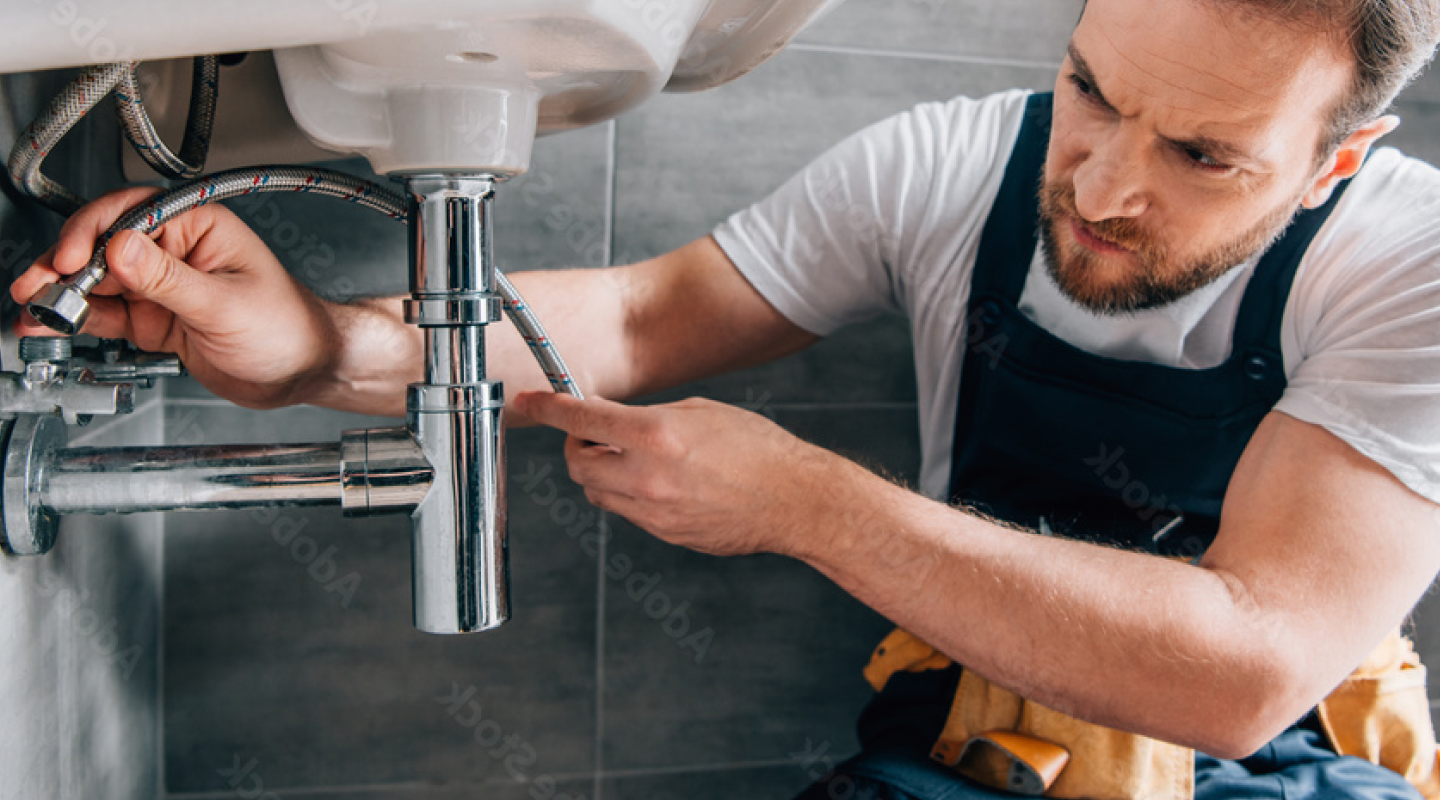Top Quality Water Heater Installation Alabaster AL for Ideal Convenience
Top Quality Water Heater Installation Alabaster AL for Ideal Convenience
Blog Article
A Step-by-Step Overview to Reliable Hot Water Heater Installation for Ideal Performance
Embarking on the job of setting up a water heater is an endeavor that demands precision and a methodical method for attaining optimum performance. As you proceed, the details of attaching water supply lines and setting up trustworthy electrical or gas connections wait for, promising understandings into ensuring effectiveness and integrity.
Choosing the Right Hot Water Heater

Following, think about the dimension and capacity of the water heater. It's vital to evaluate your home's hot water demands, which can differ based on the variety of owners and their use patterns. An unit that's too little might bring about not enough warm water, while a large model might cause unnecessary power usage.
Efficiency ratings also play a pivotal function in selection. Search for water heating systems with high Energy Aspect (EF) rankings, suggesting premium efficiency and lowered energy usage. Tankless models, though commonly much more pricey upfront, offer significant energy cost savings over time due to their on-demand home heating capacities.
Preparing the Setup Area
Prior to setting up a new water heating system, precise prep work of the installment area is important. It's essential to measure the room carefully to fit the water heating unit's measurements, making certain sufficient clearance around the device for efficient procedure and maintenance.
Inspect the flooring for stability, as the water heating unit will require a strong, degree surface to operate successfully. If essential, set up a drip frying pan under the device to catch prospective leakages or spills, protecting against water damages to the surrounding location.
Additionally, guarantee that all essential tools and products are on hand prior to beginning the installation. This includes products such as wrenches, screwdrivers, a degree, and any type of added hardware needed for securing the heating unit and installing. A well-prepared installation location sets the foundation for a successful hot water heater setup, optimizing efficiency and safety and security.
Connecting Water Lines
When connecting supply of water lines to your recently installed hot water heater, it is important to make certain that all links are protected and leak-free to maintain reliable procedure and stop water damages. Begin by identifying the cold and warm water system lines. The cold water inlet is commonly marked with a blue label or a "C", while the warm water electrical outlet is marked with a red tag or an "H".
Usage versatile water heating unit connectors to promote a much easier installment process. Prior to affixing the ports, put a plumbing technician's tape around the threaded ends of the water heating unit's inlet and outlet pipes.
As soon as connections remain in location, slowly transform on the primary water system valve. Examine each link for leaks by visually inspecting and feeling for moisture. Tighten up links as essential, and ensure the stress alleviation shutoff is appropriately mounted, protecting versus excessive pressure build-up.
Establishing Up Electric or Gas Connections
Appropriately establishing up the electrical or gas connections for your water heating system is a critical action to make sure secure and reliable procedure. For electric water heating systems, start by verifying that the electric circuit is compatible with the heater's voltage and amperage needs.
For gas water heaters, safety and security is critical. Connect the gas line to the water heating system utilizing a flexible gas port, ensuring it is appropriately threaded and sealed with pipe check this joint compound or Teflon tape appropriate for gas links.
As soon as connections are made, check for any possible leakages. For gas lines, apply a soapy water remedy to the joints; bubbles suggest a leakage. For electrical connections, double-check that all circuitry is safe and secure and appropriately shielded, keeping compliance with regional electrical codes.
Examining and Changing for Efficiency
With the electrical and gas connections firmly in location, the following action is evaluating the operational performance of your hot water heater. Begin by thoroughly switching on the water supply and ensuring there are no leakages at any one of the joints or shutoffs. When verified, proceed to fill up the container, taking note of the stress and temperature level setups. It is a good idea to establish the thermostat to an advised temperature level of published here around 120 ° F(49 ° C) to stabilize power effectiveness and comfort.
Next, do a thorough inspection to make certain the find more information burner or gas burners are functioning correctly. For electrical heating units, utilize a multimeter to verify if the components are attracting the suitable current. In gas versions, observe the burner flame; it needs to be blue and constant, indicating reliable burning.
Adjust the setups as needed to eliminate inefficiencies. Take into consideration executing insulation measures, such as including a hot water heater blanket, to additionally enhance efficiency by reducing heat loss. Furthermore, check the anode pole's condition, as a tatty rod can reduce effectiveness and lead to container corrosion.
Verdict
Reliable water heating system installation is important for making certain optimal performance and energy cost savings. Safely attaching water supply lines and meticulously setting up electrical or gas connections reduce prospective problems.

Correctly setting up the electric or gas links for your water heating system is an important action to make certain safe and efficient procedure. For electrical water heating systems, start by verifying that the electrical circuit is compatible with the heating unit's voltage and amperage demands. Link the gas line to the water heating system making use of an adaptable gas connector, ensuring it is properly threaded and sealed with pipe joint compound or Teflon tape suitable for gas connections.
Report this page